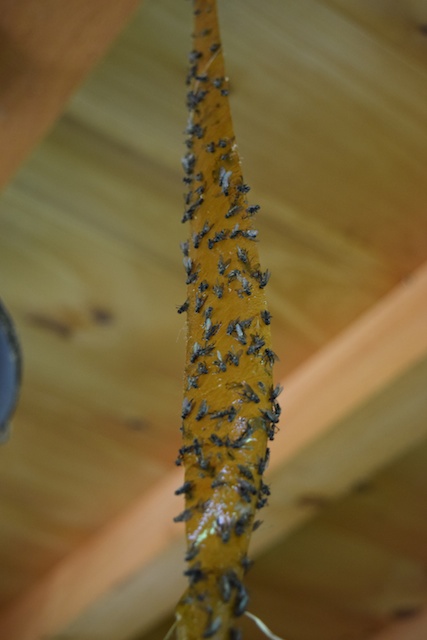2019-11-21 at 6:10 PM UTC
I hate them . They like to hang out at my empty mango cart cans when I forget to throw them away. They are PESKY and annoying. I'm pooping and there is this stupid gnat that keeps flying in front of my face and I swat him but he doesnt die. Ans then he has a few friends just in case he does die, and they replace him. All gnats are males. Etc.
2019-11-21 at 6:11 PM UTC
Are all gnats males? I wont ask google. Obviously they're not. I wonder if everything is 50/50 males and females. Or is there a species that somehow has 90 percent men and 10 percent women?
2019-11-21 at 6:48 PM UTC
Bump. Just need one person to comment on this and then I'll stop.
2019-11-21 at 8:16 PM UTC
-SpectraL
coward
[the spuriously bluish-lilac bushman]
Male gnats often assemble in large mating swarms, or ghosts, particularly at dusk.
Gnat larvae are mostly free-living, and some are aquatic. Many feed on plants, though some are carnivorous. Larval plant feeders (such as the Hessian fly larva) cause root, stem, or leaf galls to be formed by the host plant. Some species of fungus gnats (families Mycetophilidae and Sciaridae) are pests of mushrooms and roots of potted plants in homes and greenhouses.
Black fly and biting midges, also belonging to the gnat category, are small, sometimes barely visible, blood-sucking flies commonly known in many areas as biting gnats, sand flies, punkies or "no-see-ums".
Some South American pleurothallid orchids are pollinated by tiny gnats and have correspondingly small flowers.
Life cycle[edit]
Non-biting gnat populations abide near water, including wet soils; and are usually active in the summer. However, they can occur during any time of year in moist coastal regions. [3] Male gnats swarm at dusk. The mating occurs as soon as the females enter the swarm. [4] The females lay eggs en masse over water or attached to aquatic vegetation. The hatching continues over several days with the young larvae dropping to the bottom and building tubelike structures of debris. [4] Larvae are small worm-like creatures that feed on organic material. The larvae stage continues for about a month after which the species pupate for a few days. Before emerging, the pupa rises to the surface of the water, serving as a nutritious food for fish. [4] The pupal stage culminates in the metamorphosis of larvae into winged adults, which usually last less than seven days. Adults live for about another week and a half during which they produce up to 300 eggs. One female gnat can lay up to 1,000 eggs during its lifetime. [5]
The following users say it would be alright if the author of this
post didn't die in a fire!
2019-11-21 at 8:22 PM UTC
One of my dear sainted father's favorite expressions when someone was being too nit-picky was to tell them that they were "Circumcising a gnat."
2019-11-21 at 9:08 PM UTC
It's fine. It was just a couple of pesky ones. I HAMDLED THEM.
2019-11-22 at 1:12 AM UTC
-SpectraL
coward
[the spuriously bluish-lilac bushman]
Who doesn't like practically invisible, blood-sucking gnats?


